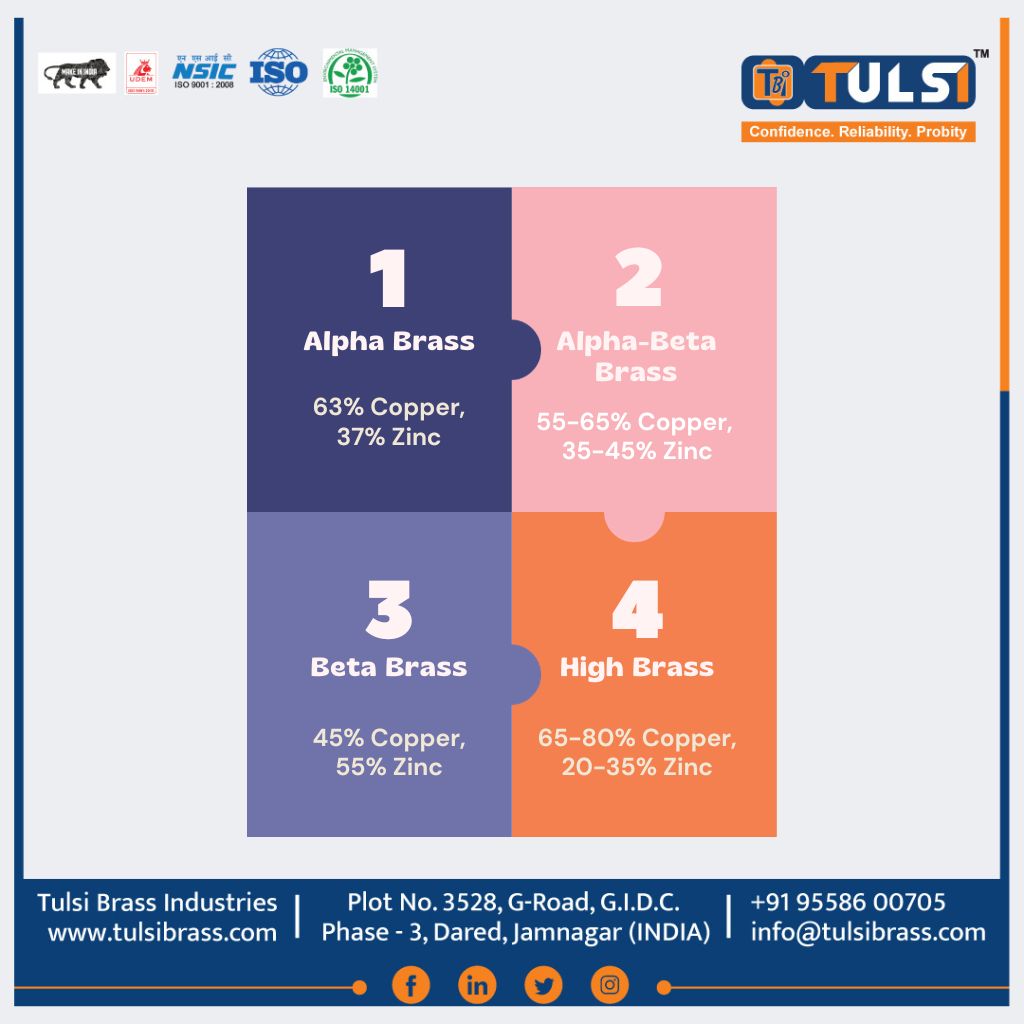What is Brass Made up of | Composition of Brass
Exploring the Mysterious Blend
Brass, a versatile alloy, has piqued the curiosity of many due to its unique combination of properties. But what exactly is brass made up of? In this article, we’ll delve into the composition of this exceptional alloy, unearthing the secrets behind its distinct characteristics.
The Basics of Brass
Brass is an alloy primarily composed of copper and zinc, with varying proportions of these two key elements. The precise ratio of copper to zinc determines the specific properties of the brass.

Copper: The Fundamental Element
Copper is the primary component of brass, typically constituting over 60% of the alloy. Its role is crucial as it provides brass with its remarkable malleability and ductility. These qualities make brass an excellent choice for a wide range of applications.
Zinc: The Alloying Partner
Zinc, the second essential ingredient, comprises the remainder of the alloy composition. The addition of zinc to copper creates a symbiotic relationship that enhances the properties of brass. Zinc makes the alloy stronger and more corrosion-resistant.
The Variations in Composition
Brass is available in various grades and types, each with a different copper-to-zinc ratio. Here are some common variations:
- Alpha Brass (63% Copper, 37% Zinc): This form of brass is renowned for its excellent ductility, making it ideal for applications like musical instruments and decorative items.
- Alpha-Beta Brass (55-65% Copper, 35-45% Zinc): A versatile brass type with a balance between strength and ductility, it is often used in plumbing fixtures and electrical connectors.
- Beta Brass (45% Copper, 55% Zinc): Known for its remarkable strength, beta brass is often employed in the manufacturing of screws, gears, and other industrial components.
- High Brass (65-80% Copper, 20-35% Zinc): With a higher copper content, this brass type is valued for its corrosion resistance and is commonly used in cartridge cases and plumbing components.
The Influence of Trace Elements
In addition to copper and zinc, brass may contain trace elements, such as lead, aluminum, or tin, depending on the desired properties. These trace elements can further enhance characteristics like machinability and durability.
Here are Some of The Key Properties of Brass:
- Corrosion resistance: Brass is resistant to corrosion, making it ideal for use in applications where it will be exposed to moisture or other corrosive substances.
- Strength and durability: Brass is a strong and durable alloy, making brass components ideal for use in applications where it will be subject to wear and tear.
- Machinability and formability: Brass is a machinable and formable alloy, making it easy to work with and shape into different forms.
- Electrical and thermal conductivity: Brass is a good conductor of electricity and heat, making it ideal for use in electrical and electronic applications.
The Beauty of Brass Alloys
Brass alloys have been cherished for centuries due to their exquisite appearance. The golden hue of brass can vary from a warm reddish-brown to a bright, yellow-gold color. This aesthetic appeal, combined with its exceptional mechanical properties, makes brass a popular choice for both functional and decorative purposes.
In Conclusion
Brass, a fascinating alloy, is a result of the harmonious blend of copper and zinc, along with potential trace elements. The specific composition of brass can be tailored to suit a wide range of applications, from musical instruments to industrial machinery. Its enduring popularity is a testament to its versatility and timeless charm.
*This AI-generated content should be independently verified please exercise caution and verify the information for current decisions.

